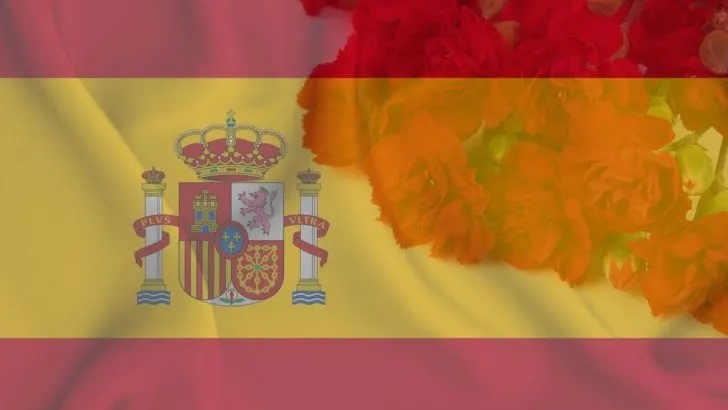Our today’s topic is the national flower of Spain. The first things you’ll spot in Spain are traditional white houses, red rose flowers, and red carnation flowers. Dark red carnations are Spain’s national flower.
The official flower is one of the most famous national symbols of Spain. These flowering plants literally grow on every corner of Spain. Dianthus caryophyllus comes right after the Spanish guitar and flamenco dancer symbols.
If you want to learn everything about this national flower, let’s do some reading.
What Is The National Flower Of Spain?

The national flower of Spain is the Red carnation flower. At first, their native habitat were the Mediterranean countries of Spain. You can find them now in Greece, Italy, Turkey, and Albania as well. But they are not the national flower of Greece, nor Italy, Turkey or Albania.
They are used for many purposes. In Spain you’ll see them for ornamental purposes, dresses decor during flamenco dancing, on the 8th of March, etc. Nowadays they have widely spread in Spain, mostly Mediterranean region.
Why Are Carnations The National Flower Of Spain?
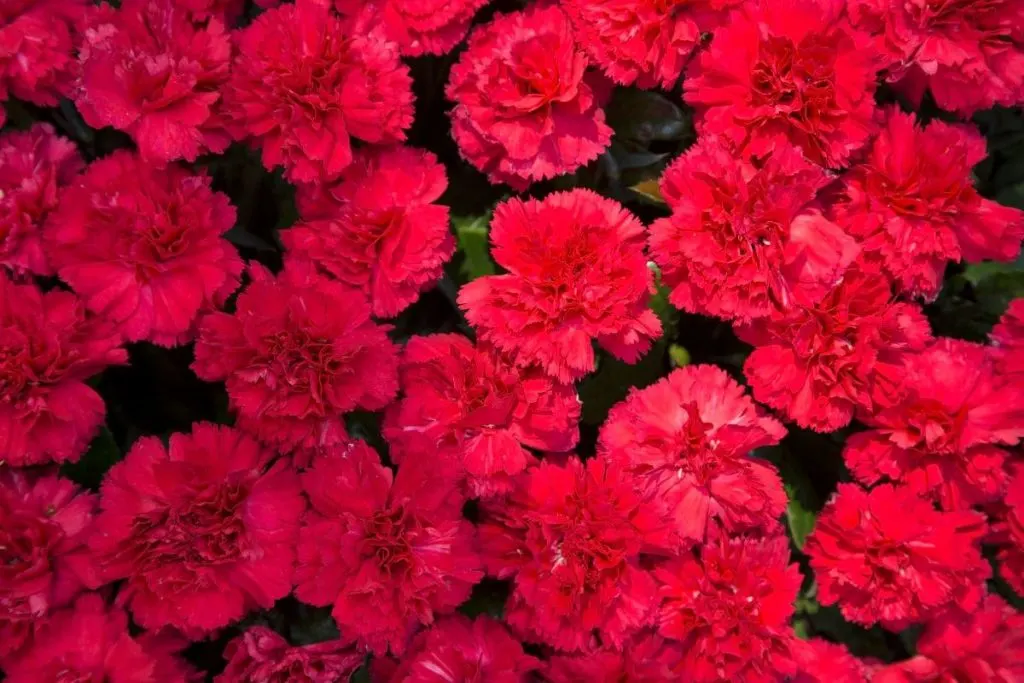
This flower is in use in Spain since the Renaissance, especially during the period of Romanticism. However, there is still no official information explaining why the carnation is the national flower of Spain.
As we said already at the beginning, this flower has gained popularity in this country since ancient times, and therefore has remained “nearby.” The flower is also included in the culture of Spanish folklore, especially in Andalusia. Today it is in use for the mother’s day, Valentine’s day, and other similar purposes.
Spain’s National Flower Red Carnation: Features And Characteristics
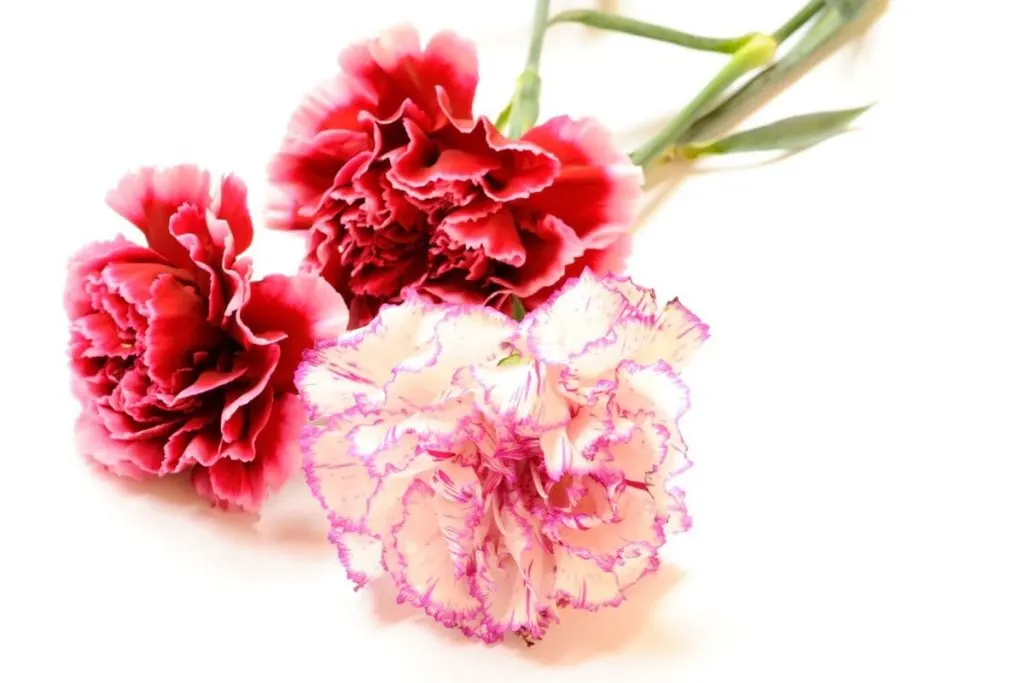
- Scientific name: Scientific name dianthus caryophyllus
- Family: Caryophyllaceae
- Growth type: slow-grower
- Flower color: white carnations, yellow carnations, red carnations, pink carnations
- Soil type: slightly alkaline soil, the soil moist, well-drained soil
- Water needs: water them 2 a week
- Light: bright indirect light with full sun in the morning
- Humidity: 50-60%
- Fertilizer: nitrogen-phosphorus-potassium
What Is The Symbolism Of The Red Carnation Flower?
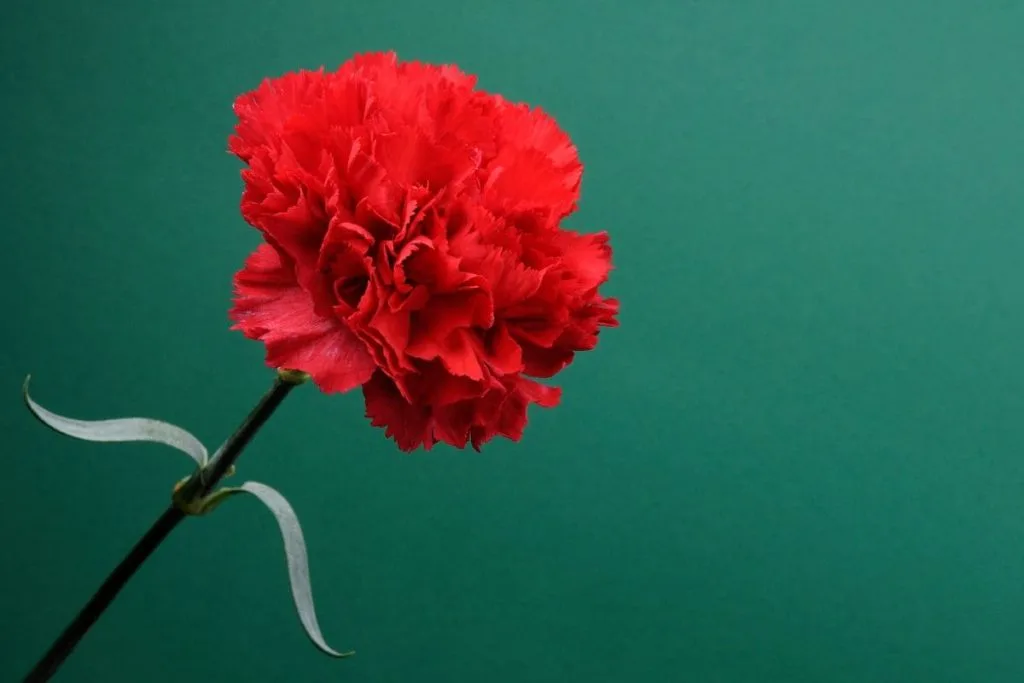
Red carnation flowers have this 5 famous symbolism:
1. Fascination
Since ancient times, in various parts of Europe, especially in Spain, young singers have come to girls’ windows with a guitar, carrying this flower with them. They would play the guitar to the girl under the window, and she would hide a carnation flower behind her ear. Its intoxicating smell and the rosy red color of the blood symbolize fascination.
2. Mother’s love
According to an old Christian legend, red carnations are also a sign of maternal love. This legend dates back to the event when Jesus was taken away from the Virgin Mary, and she wept for him. Where her tears fell, a red carnation grew.
3. Romantic love
Spanish people express their love with carnations as well, not just roses. This is actually popular in many cultures such as Italian, France Greek, and southern areas of Europe. You’ll get rose bloom or carnations if you ask a florist for a romantic flower.
4. Distinction
They symbolize distinction as well. Not all flower meanings are positive. This lovely red foliage can also present a difference between two people. In the past, it was used between royal families.
5. Captivation
This is also due to the interesting facts from the past that date back to the Victorian era. Red carnations, even red carnation seeds were a symbol of captivation. Young girls that were held captive were usually given carnations.
History Of National Flowers Carnations
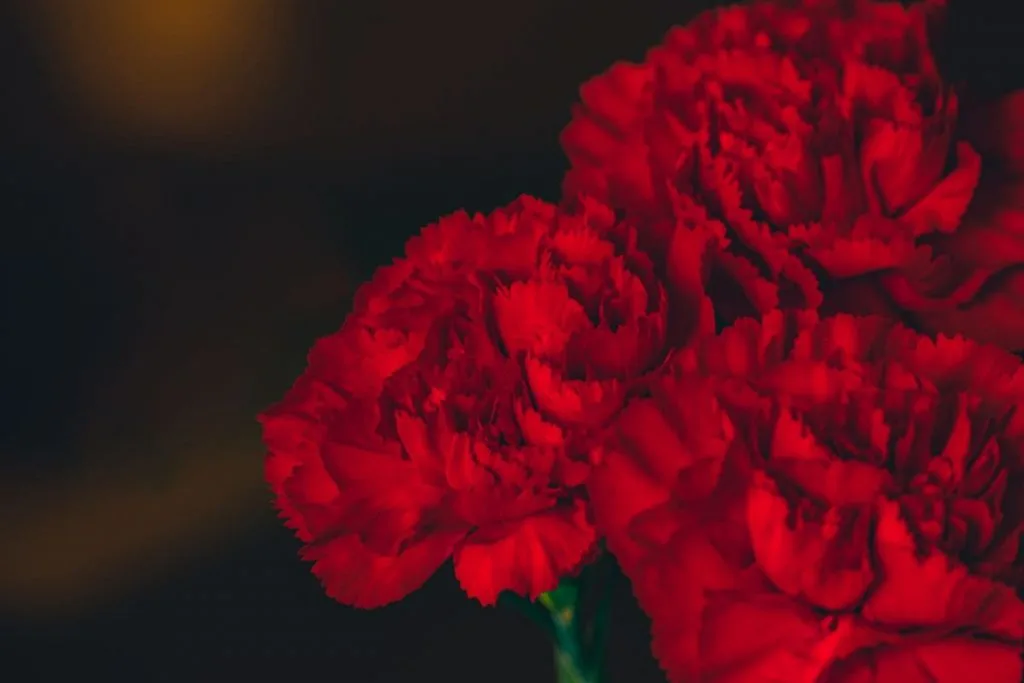
The red carnation is native to the Middle East. It has been cultivated for as many as 2,000 years. Scholars believe that the name “carnation” comes from the word “crown”, after the flowers used in Greek celebrations.
Carnations are flowers for winners in ancient Rome. The green carnation has been presented on St. Patrick’s Day since ancient times.
Pink carnations have the greatest symbolic and historical significance. According to Christian legend, pink carnations appeared on Earth with the coming of the Messiah.
The Mother of God shed tears for Jesus, and carnations grew from her tears. The pink carnation became a symbol of maternal love. 1907i it has been adopted as the emblem of Mother’s Day, which is celebrated in the United States and Canada (national flower of Canada) on the second Sunday in May.
Legend Of The Red Carnation
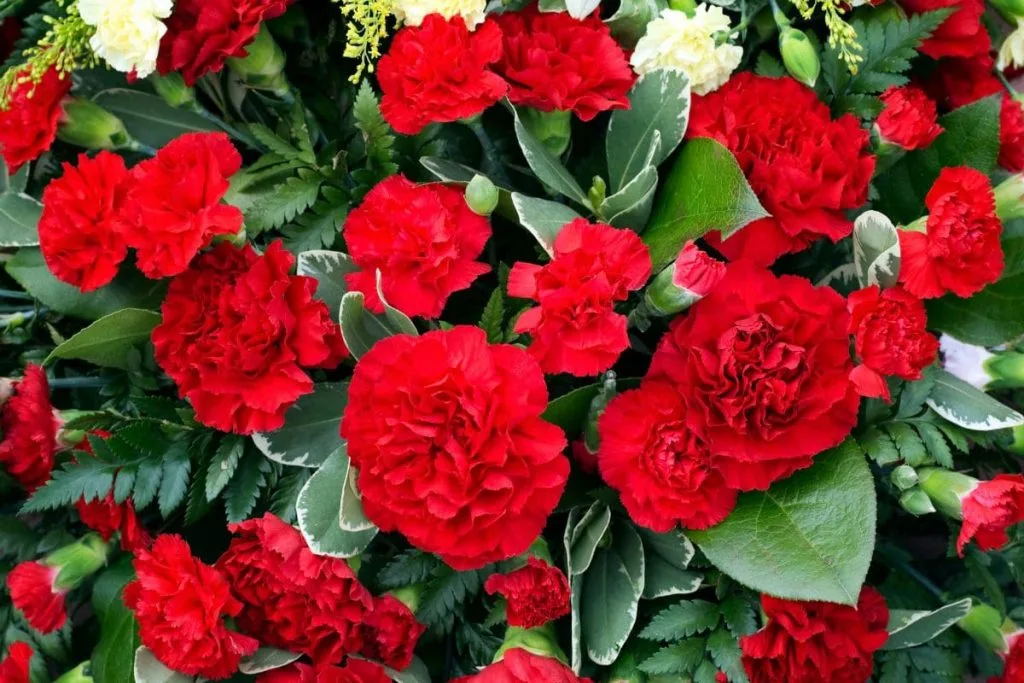
If you believe in ancient legends, then we bring you one such from the time when the gods lived on Earth.
The goddess Artemis, daughter of Zeus and Latona, returning from hunting, saw a shepherd playing the flute. She was convinced that the sounds of the flute frightened and dispersed all the animals in the area.
The goddess reacted furiously because of the unsuccessful hunt. She shot an arrow and stopped the heart of the beautiful musician.
However, God’s wrath was soon replaced by mercy and remorse. She asked Zeus to turn him into a flower and he turned the young man into a carnation flower. That is how carnations were created.
Other Carnation Petals Color Meanings
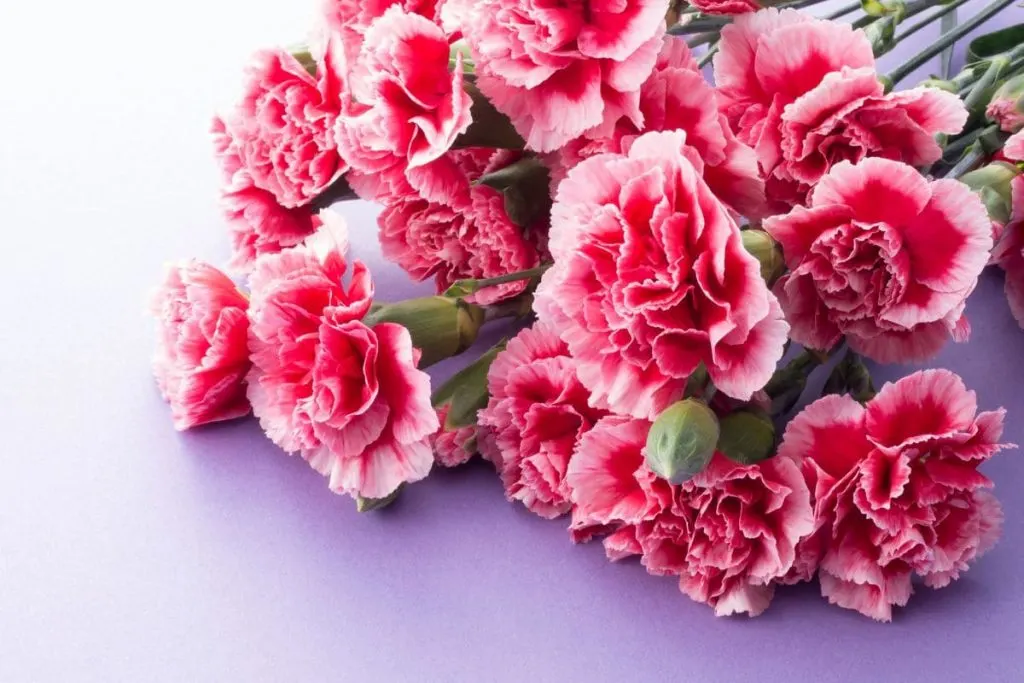
Every carnation color has its own meaning. White or pink carnations are not a symbol of a mother’s love as the red carnations are. To be sure when to give each color, let’s learn about their symbolism.
The symbolism of the white carnation is purity, innocence, and good luck.
Capriciousness is the symbolism of the purple carnation.
Gratitude is the symbolism of the pink carnation.
Disappointment or rejection is the symbolism of the yellow carnation.
FAQ

In this section below, we’ll answer some other questions about other national symbols and some interesting fun facts about red carnations.
Was The Red Carnation The First Official National Flower Of Spain?
When Did The Carnations Show In Spanish Culture?
What’s The National Tree Of Spain?
What’s The National Anthem Of Spain?
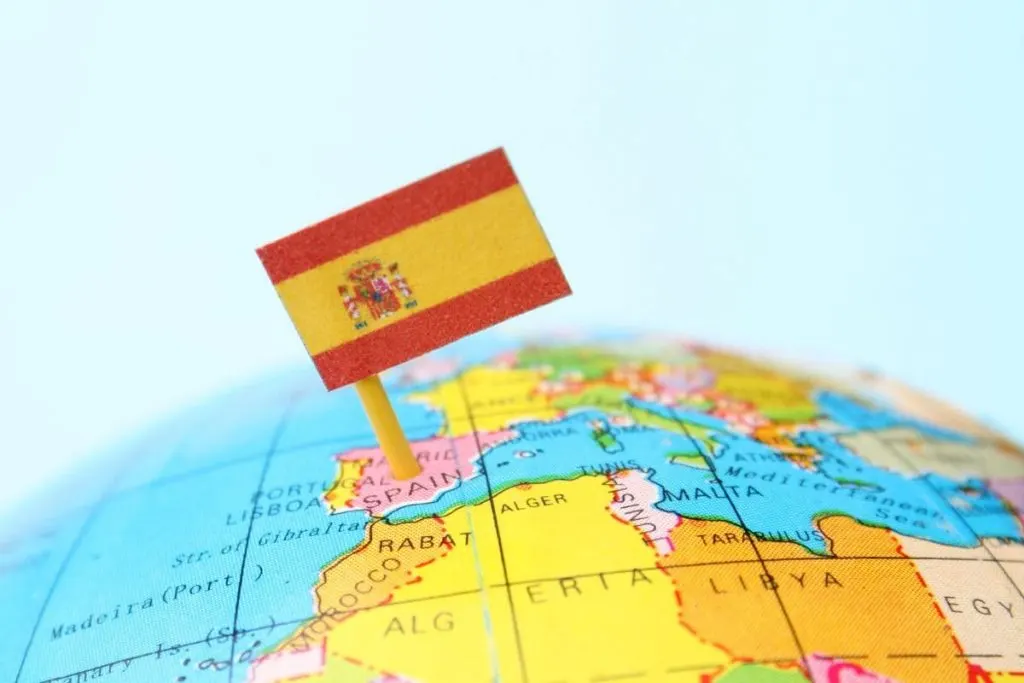
The national anthem of Spain is “Marcha Real” and it goes like this:
Glory, glory, the crown of the Fatherland
sovereign light
which in your standard is gold.
Life, life, future of the Fatherland,
in your eyes it is
an open heart
Purple and gold: immortal flag;
in your colors, together, flesh and soul are.
Purple and gold: to want and to achieve;
You are the flag, the sign of human effort.
Long live Spain! The cry of the Fatherland,
the triumphant explosion
Has opened the way to the sun;
Long live Spain! repeated twenty peoples
and when they speak they have faith
in the Spanish will.
What’s The National Bird Of Spain?
Wrapping Up
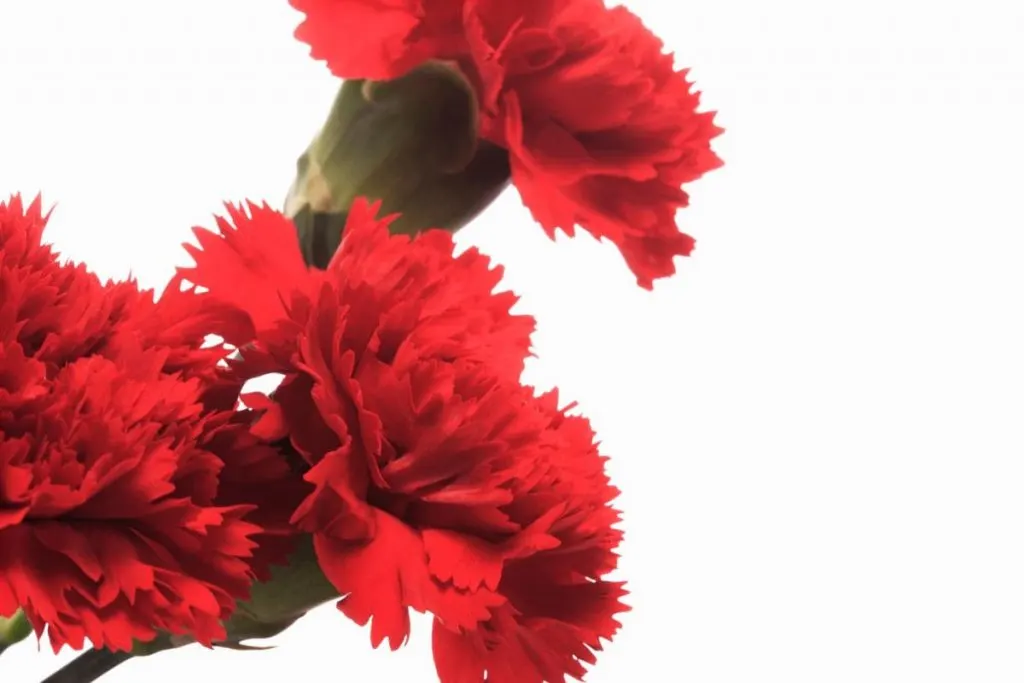
Today you’ve learned everything about the national flower of Spain. If you liked their symbolism, maybe you can grow carnations in your own garden as well.
Their sweet fragrance will surely cheer you up on a bad day. Their long-lasting blooming period is definitely worth having in a yard.
These famous southern Spain flowers are great for decorating windows, they have an attractive fragrance, and even the royal family uses them.
But what stands on top of all of that is their meaning and symbolism. We hope that you liked our article about their symbolism. The flower expert would advise you to check other colors’ symbolism as well.
That would be all for today, see you soon with some similar topics!

